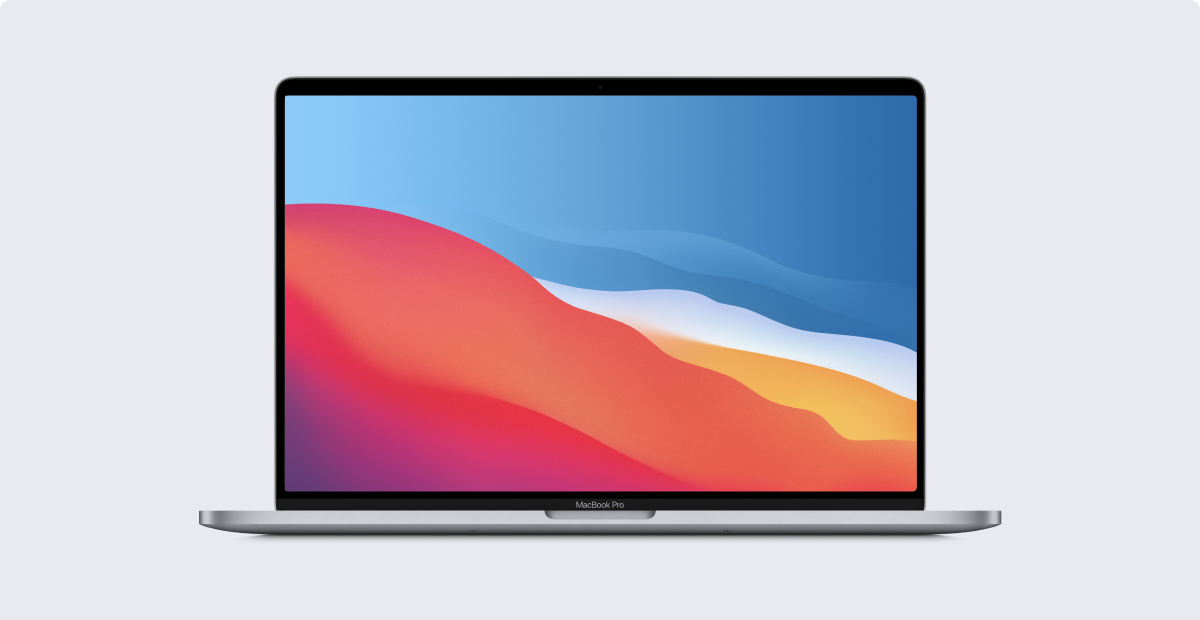If your Mac is using an earlier version of any Mac operating system, you should install the latest Apple software updates, which can include important security updates and updates for the apps that are installed by macOS, such as Safari, Books, Messages, Mail, Music, Calendar, and Photos. CloudMakers Astrometry: Native Mac Astrometry image plate solving system. CloudMakers INDIGO Dashboard: A versatile tool that allows for custom created control panels to view and control all remote imaging operations using the INDIGO platform. INDIGO to Go: Mac OS and iOA monitor for all INDIGO based applications from CloudMakers.
Tool Assisted Osu
Is your Mac up to date with the latest version of the Mac operating system? Is it using the version required by a product that you want to use with your Mac? Which versions are earlier (older) or later (newer, more recent)? To find out, learn which version is installed now.
VM Tool VMware Tools is a suite of utilities that enhances the performance of the virtual machine's guest operating system and improves management of the virtual machine. Although the guest operating system can run without VMware Tools, you would lose important functionality and convenience. Download VM Tool.
If your macOS isn't up to date, you may be able to update to a later version.
Which macOS version is installed?
From the Apple menu in the corner of your screen, choose About This Mac. You should see the macOS name, such as macOS Big Sur, followed by its version number. If you need to know the build number as well, click the version number to see it.
Which macOS version is the latest?
These are all Mac operating systems, starting with the most recent. When a major new macOS is released, it gets a new name, such as macOS Big Sur. As updates that change the macOS version number become available, this article is updated to show the latest version of that macOS.
If your Mac is using an earlier version of any Mac operating system, you should install the latest Apple software updates, which can include important security updates and updates for the apps that are installed by macOS, such as Safari, Books, Messages, Mail, Music, Calendar, and Photos.

| macOS | Latest version |
|---|---|
| macOS Big Sur | 11.3 |
| macOS Catalina | 10.15.7 |
| macOS Mojave | 10.14.6 |
| macOS High Sierra | 10.13.6 |
| macOS Sierra | 10.12.6 |
| OS X El Capitan | 10.11.6 |
| OS X Yosemite | 10.10.5 |
| OS X Mavericks | 10.9.5 |
| OS X Mountain Lion | 10.8.5 |
| OS X Lion | 10.7.5 |
| Mac OS X Snow Leopard | 10.6.8 |
| Mac OS X Leopard | 10.5.8 |
| Mac OS X Tiger | 10.4.11 |
| Mac OS X Panther | 10.3.9 |
| Mac OS X Jaguar | 10.2.8 |
| Mac OS X Puma | 10.1.5 |
| Mac OS X Cheetah | 10.0.4 |
Double-click on the Disk Image (dmg) file if it does not open by itself, and double-click on the installer (MGLTools_$Version).
This checks to see if you have downloaded correct verion for your platfrom.
You can save or print this information if needed.
Make sure that you have at least 105MB of space available.
See Filling add-on packages license form for details.
MGLTools 1.5.6 is installed in /Libary/MGLTools/$Version folder.
Launching ADT, PMV or Vision
Go to Applications → MGLTools-$Version folder and double-click on AutoDockTools, PMV or Vision icon. You can also run corresponding scripts located in /Library/MGLTools/$Version/bin. Run these scripts with -h or --help option to print the usage. Use Update Manager to get the latest updates.
Note: pythonsh script located in /Library/MGLTools/$Version/bin no longer starts X11. Also, our installers replace first line in /Library/MGLTools/$Version/MGLToolsPckgs/AutoDockTools/Utilities24 scripts from #!/usr/bin/env python to #!/usr/bin/env /Library/MGLTools/$Version/bin/pythonsh.
Tool Assisted Mac Os Catalina
Troubleshooting
- Problems with standalone installer?
- Download installer tarball and follow instructions in the README. These installers do not require administrative privileges and can be installed anywhere on your hard drive.
- License Agreements is not shown - Step 5.
- This might happen when X11 is not installed. X11 can typically be found on the Mac OS X installation DVD. Scroll down in the 'Mac OS X Install disc' window and locate 'Optional Installs'. Double click to start the Installer, at the 'Installation Type' stage open the Applications category, select X11 and proceed. Once installed, be sure to run Software Update to obtain the latest version of X11.
- X Error on startup.
- See documentation/faq/x-error-on-startup-mac-os-x .
- TclError: Togl: couldn't get visual.
- Go to X11->Preferences and select Output. If the dropdown menu next to Colors is 256 increase it to at least Thousands.
- Bugs in graphics drivers?
- Please see: http://www.cgl.ucsf.edu/chimera/graphics/graphicsbugs.html. Many graphics driver bugs observed in MGLTools have similar solutions.
- 'A newer version of the application already exists'
- See Uninstall MGLTools post in the forum and CADD FAQ.